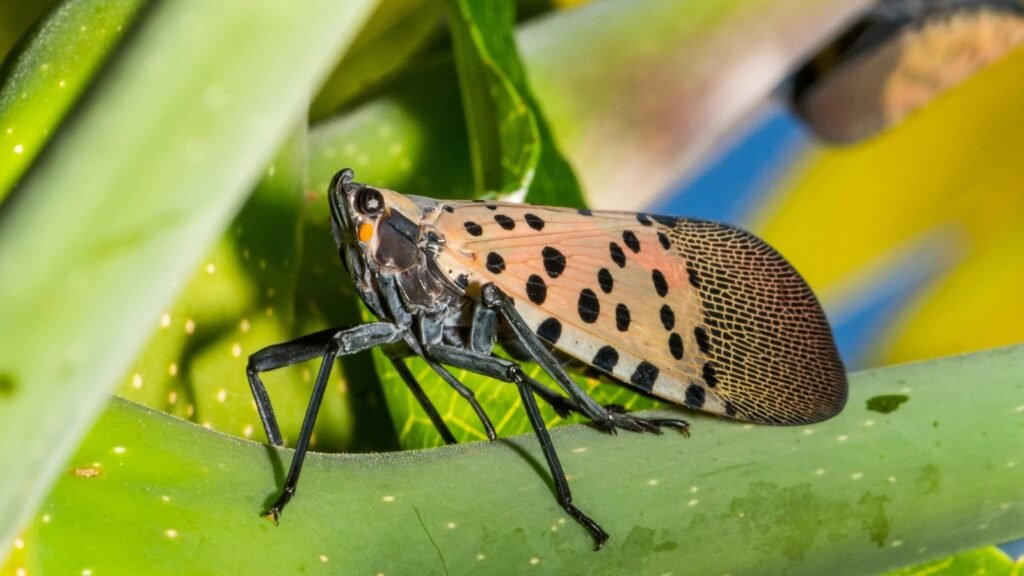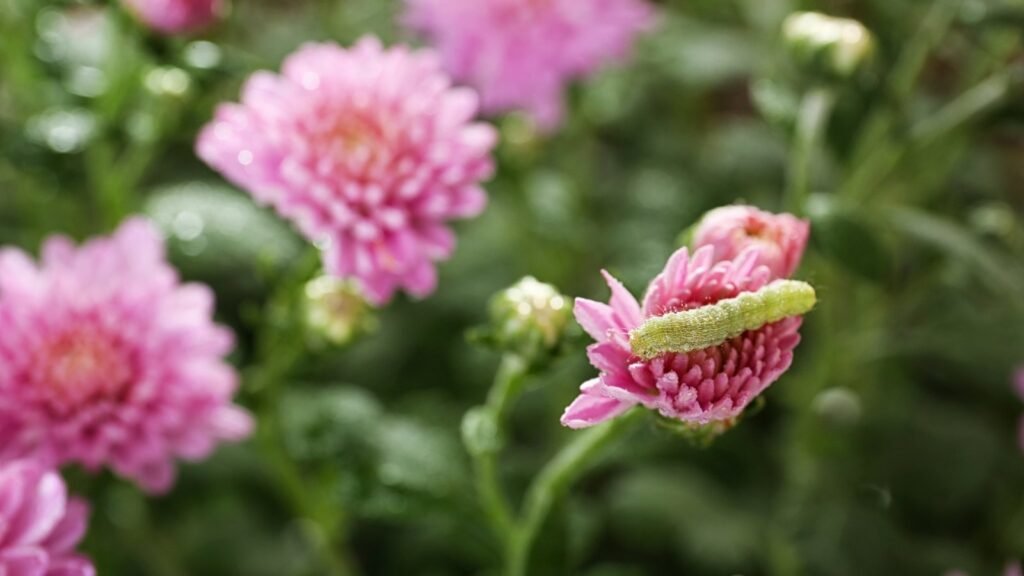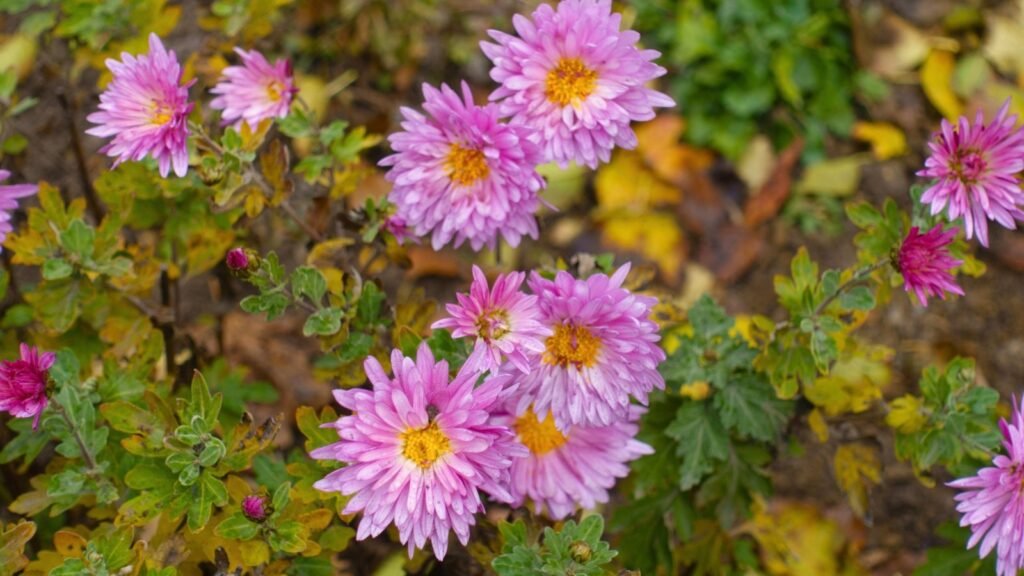Weeder & Cultivator


CobraHead Original Weeder & Cultivator
What is an invasive plant? Although some may call them “weeds,” I’d argue an invasive plant is any unruly non-native species. Some native species spread readily, performing like weeds, although they evolve to grow respectfully in their native range.
Non-native weedy species lack the evolutionary history in these environments, and they move to consume all bare soil. They often push out other beneficial plants, creating spaces that may look green but lack valuable nectar, pollen, or fruit. Devoid of native nutrients, these weeds are often devoid of native insects.
Don’t get me wrong—some weeds offer natural resources for pollinators, like common dandelions. When planning a garden, you’ll want plants that behave well with others. Avoiding invasive species keeps your garden tidy while letting natural environments thrive.
Use these nine tips to remove invasive plants. Some of these pointers help you keep weeds away in the first place, and prevent their future spread. Let’s get into it!
Choose Your Garden’s Style


When you think of your ideal garden space, what do you think of? Do you see towering trees with vines falling? Or, do you see clipped boxwood hedges surrounding a tidy rose garden? Whatever you envision, your preferred garden style informs what plants you see as invasive.
Here’s an example: Yarrow is a common perennial native plant throughout the United States. If it spreads into your vegetable garden, you may want to pull it up and let your veggies thrive. Other gardeners who prefer a wild garden may let spreading native species creep along the soil. Trailing blackberry, a West Coast blackberry, roots along stems and forms blankets of foliage. It is not invasive in its native range, but it blankets the soil where it grows.
Wild gardeners will have much less weeding, as they only need to remove invasive non-native plants. Tidy gardeners may have more weeding to do, but this is okay though, as we must do whatever it takes to make our backyard dreams come true. Whatever you prefer, deciding upon a style first informs all your future landscaping decisions.
Note there are some invasive plants that must be removed with conscious effort because chopping them into pieces helps them propagate. You will also need to use proper timing with any method listed here. Always consult a local invasive species source to get the best idea about which methods and timing to use.
Identify Invasive Plants


To remove invasive weeds, we must first identify them. They are non-native species that readily outcompete other plants, often to the detriment of entire ecosystems. Your ecoregion has unique conditions, and special weeds fill each ecological niche.
In the Pacific Northwest, we disdain Himalayan blackberry and English ivy. These two vining spreaders shade out native and ornamental plants, creating large, weedy monocultures. In the Southern U.S., kudzu acts much the same—it climbs trees, smothering them with its bright green leaves. In California, naturalists manage invasive ice plants that spread from freeway plantings into ecosystems.
The most common invasive plants removed from American gardens include:
| Common Name | Scientific Name |
| Himalayan Blackberry | Rubus armeniacus |
| English Ivy | Hedera helix |
| Lesser Celandine | Ficaria verna |
| Kudzu | Pueraria montana var. lobata |
| Tansy Ragwort | Jacobaea vulgaris |
| Ice Plant | Carpobrotus edulis |
| Bradford Pear | Pyrus calleryana |
| Norway Maple | Acer platanoides |
| Japanese Knotweed | Fallopia japonica |
| Common Mullein | Verbascum thapsus |
To identify invasives, look at their leaves, flowers, seeds, growth habit, and environment. These five categories provide all the clues you need to see what plant you’re dealing with. Use verified sources for identifying invasives, like botanical gardens, university extension offices, or government agencies.
Pull, Scrape, or Dig


Once you’ve got your eye on invasive plants, it’s time to remove them! The best removal strategies are often the oldest: pulling, scraping, or digging. Stay consistent in pulling certain weeds, and they’ll disappear from your garden’s seed bank eventually.
Some weeds benefit from specific removal techniques. Weeds like field bindweed or lesser celandine grow from cut stems, roots, or aboveground bulbils. Pulling above ground foliage once doesn’t work, as they’ll sprout new stems from underground rhizomes. This is often the case with perennial weeds.
Remove persistent invasives like these by digging deep—take out as many stem or root pieces as you can. Then, put a thick layer of mulch over the dig site. Stay persistent, walking once a week to see if new growth sprouts. Pull new stems as soon as you see them. With a few seasons of pulling or digging, these weeds lose energy and die underground.
Other weeds are much easier to remove; pull shallow rooters like nipplewort straight out of the ground! Annuals or short-lived biennials rush to produce seeds, often spending little time putting down deep roots. Pulling their sensitive roots out of the ground kills them.
Burn Weeds


Save your back from bending too much when weeding—use a propane torch instead! This tool makes burning young invasives quick and easy. It works well on driveways, hardscape areas, or gravel beds. Avoid using it near flammable sources, like dry grasslands or house foundations.
Burning works by removing the top leaves, making it difficult for them to sprout new growth. They’ll use up all their energy repairing themselves from heat injuries, dying in the process. Tough perennials like field bindweed may need repeat applications to keep growth in check.
One note of caution: don’t use a torch burner on toxic species like poison oak or ivy; the intense heat causes toxic chemicals to rise, which could lead to serious side effects if you inhale them. Use glasses and gloves, and burn with care.
Use Plastic with Caution


Sometimes weeds don’t go away, even with repeat pullings, diggings, or burnings. In these cases, using a layer of UV-resistant plastic to solarize the soil stops invasives from spreading. This is a method that has specific applications in specific settings.
Plastic prevents weeds from growing, heats the soil to kill roots, and helps sunlight burn anything below. To use this method, pin down a UV-resistant tarp over the infestation. Leave it in place for over three months during the hottest part of summer. For longer-living perennials like lesser celandine, you’ll need to leave the tarp for a year.
I use this method as a last resort—it kills all microbes, worms, and soil life below the tarp. However, the microbes you want in your garden are usually still present in lower layers. The upper layer can recover in just a couple of months.
Plastic magnifies the sun’s intensity, destroying anything below it. If you’re not using UV-resistant materials, plastic also breaks down over time, leaching micro and macroplastics into the soil as it degrades. Ensure you’re using the right materials and proper timing, with attention paid to the invasive species you’re trying to control, and you’ll have success.
Eat Edible Weeds


What better way to remove invasive plants from the environment than by eating them? A select number of invasive non-native species are edible, and some came to North America as food sources. European settlers brought dandelion seeds with them to grow in the colonies.
Only eat species you’ve properly identified. Some plant species have toxic look-alikes, like Queen Anne’s lace and poison hemlock. Both have divided foliage, white flower umbels, and similar forms. A bite of a toxic look-alike can be deadly—if you are unsure what plant you’re looking at, it’s better to leave it be.
Some edible invasives grow so widely that you can eat them annually! These are some common options:
| Common Name | Scientific Name | Edible Parts |
| Common Dandelion | Taraxacum officinale | Roots, leaves, flowers |
| Himalayan Blackberry | Rubus armeniacus | Blackberries |
| Queen Anne’s Lace | Daucus carota | Root, leaves, flowers, seeds |
| Purslane | Portulaca oleracea | Leaves, stems |
| Mullein | Verbascum thapsus | Leaves, flowers |
| Sweet Violet | Viola odorata | Leaves, flowers |
Top Dress with Mulch


After weed removal, you’ll want invasive seedlings to stay away. Keep them at bay with thick layers of mulch. Mulch with any organic material, be it compost, leaf mold, or bark chips. It’ll decompose over time, adding beneficial nutrients to your soil. A thick layer stifles anything below, making it difficult for unwanted new seedlings to poke out of the ground. They travel further upwards and expend valuable energy while they do.
If you see weeds pop up through your mulch, pick them. Routine plucking keeps them expending energy–eventually, they run out of reserves and die. I use this method every year in my raised vegetable beds. Mulch protects your crops while preventing invasive seeds from sprouting or spreading.
Don’t have mulch? Ask your neighbors if they have leftover leaves, dead (non-diseased) plant debris, or bush cuttings. Any organic material can be mulch! If this doesn’t work, check out your local nursery for mixes tailored to your garden needs.
Plant Natives


My favorite way (and a highly effective way) to keep invasives away is by planting native ones in their place! Native species survive tough conditions, and they are adapted to your local ecology. When you plant one, it occupies the space where unwanted species would grow. You effectively replace weeds with beneficial species that give nectar, pollen, and leaf food to North American critters.
Native plants compete with invasive ones. Use spreading, self-seeding, and prolific native species for more weed control—they’ll plant themselves, so you don’t have to! This method works best in natural or wild plantings, where they create landscapes that mimic our ecosystems.
Are you wondering what native plants to use? Here are seven to get you started:
| Common Name | Scientific Name | Ecoregion |
| Lance Selfheal | Prunella vulgaris var. lanceolata | Northwestern Forested Mountains |
| Redwood Sorrel | Oxalis oregana | Marine West Coast Forest |
| California Poppy | Eschscholzia californica | Mediterranean California |
| Coral Bean | Erythrina herbacea | Tropical Dry and Wet Forests |
| Carolina Springbeauty | Claytonia caroliniana | Eastern Temperate Forests |
| Black-Eyed Susan | Rudbeckia hirta | Great Plains |
| Desert Marigold | Baileya multiradiata | North American Deserts |
Watch for Weed Seedlings


You’ve removed weeds, put mulch down, and planted natives. Now, all you’ll need to do is stay diligent! Invasive plant seeds drift on wind, water, and animals’ fur coats. They may pop up annually as seedlings in your landscape. Pull them when they’re small, and you’ll avoid future weed infestation headaches.
However, remember that time is of the essence. Always consult a restoration ecology source before pulling. For some invasives, like Japanese knotweed, pulling at the wrong time creates a thicket of suckers that are even more difficult to get rid of.
Some weed seedlings resemble our ornamental or food crops. Be sure what you’re pulling is an invasive plant and not a tender seedling you wish to keep. Plant identification resources typically share detailed information about seedlings, mature plants, and weed habitat. Use them to help you identify pesky green volunteers.
With consistency, you’ll remove the weed seed bank from your landscape. Fewer weeds means fewer weed seeds. Keep picking them, as you’re fighting a battle against time and not one of instant gratification. Your hard work pays off when you look at your garden with sweat on your brow, amazed at the lack of invasive plants.



